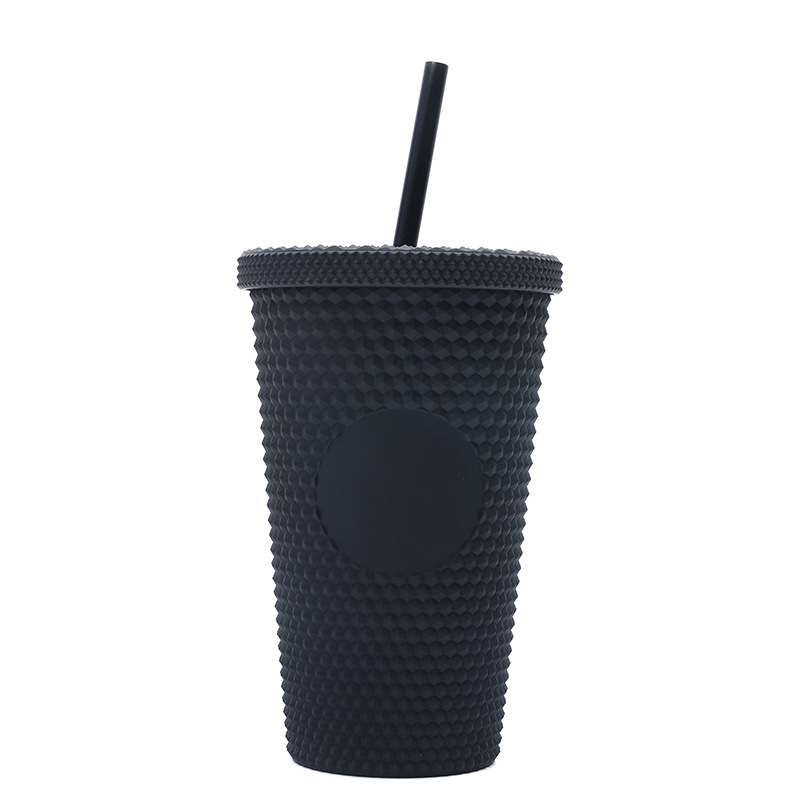Plastic bottles have become an integral part of our lives due to their convenience and versatility. However, the alarming rate at which they accumulate in landfills and oceans has led to an urgent need to find sustainable solutions, and recycling is one of the most effective methods. In this blog, we’ll walk through the plastic bottle recycling process step-by-step, highlighting its importance and impact.
Step 1: Collect and Sort
The first step in the recycling process is the collection and sorting of plastic bottles. This can be done through a variety of methods, such as kerbside collection, drop-off centers or recycling bins in public areas. Once collected, the bottles are transported to a recycling facility where they undergo a meticulous sorting process.
In these facilities, plastic bottles are sorted according to their type and color. This sorting step ensures that each type of plastic can be processed efficiently, as different types of plastic have different melting points and recyclability.
Step Two: Chop and Wash
Once the bottles are sorted, they enter the crushing and cleaning stage. Here, plastic bottles are crushed into small pieces by special machines. The sheets are then thoroughly washed to remove any residue, labels or impurities.
The cleaning process involves using water and detergent to clean the flakes and ensure they are free of contaminants. This step is essential to maintain the quality of the recycled plastic and eliminate any potential health and environmental risks.
Step Three: Melt and Extrude
After the cleaning process, the clean plastic sheets go through a series of heating and melting processes. The flakes are put into a large furnace and melted into a viscous liquid called molten plastic. The temperature and duration of the melting process vary depending on the type of plastic being recycled.
Once melted, the molten plastic is extruded through a tiny opening to form specific shapes, such as small pellets or long strands. These pellets or strands will serve as raw materials for manufacturing new products.
Step 4: Manufacturing of new products
Once plastic pellets or wires are formed, they can be used to make a variety of new products. These products include clothing, carpets, plastic bottles, containers and various other plastic products. Recycled plastic is often mixed with new plastic to enhance its durability and stability.
It’s important to note that this final step in the recycling process does not mark the end of the plastic bottle’s journey. Instead, it gives the bottle a new life, preventing it from turning into waste and causing environmental harm.
The plastic bottle recycling process is an extraordinary journey, ensuring a sustainable and environmentally friendly approach. From collection and sorting to crushing, cleaning, melting and manufacturing, every step plays a vital role in transforming these bottles into valuable resources.
By actively participating in recycling initiatives and supporting the use of recycled products, we can contribute to a healthier planet and reduce the accumulation of plastic waste. Let’s recognize the importance of recycling plastic bottles and encourage others to follow suit and make a positive difference for future generations.

Post time: Oct-09-2023